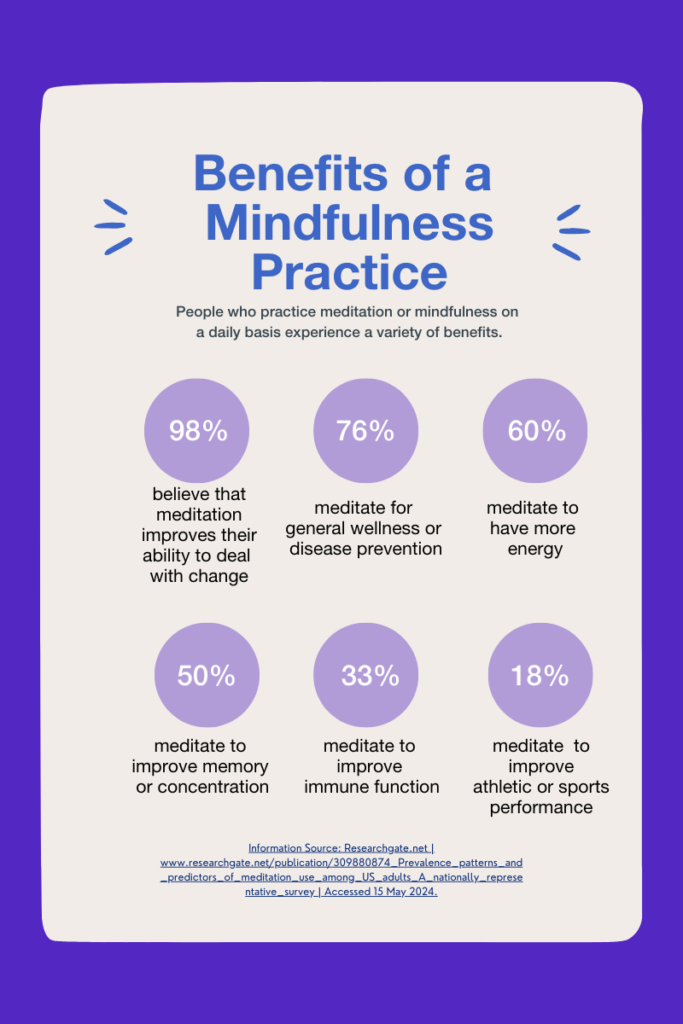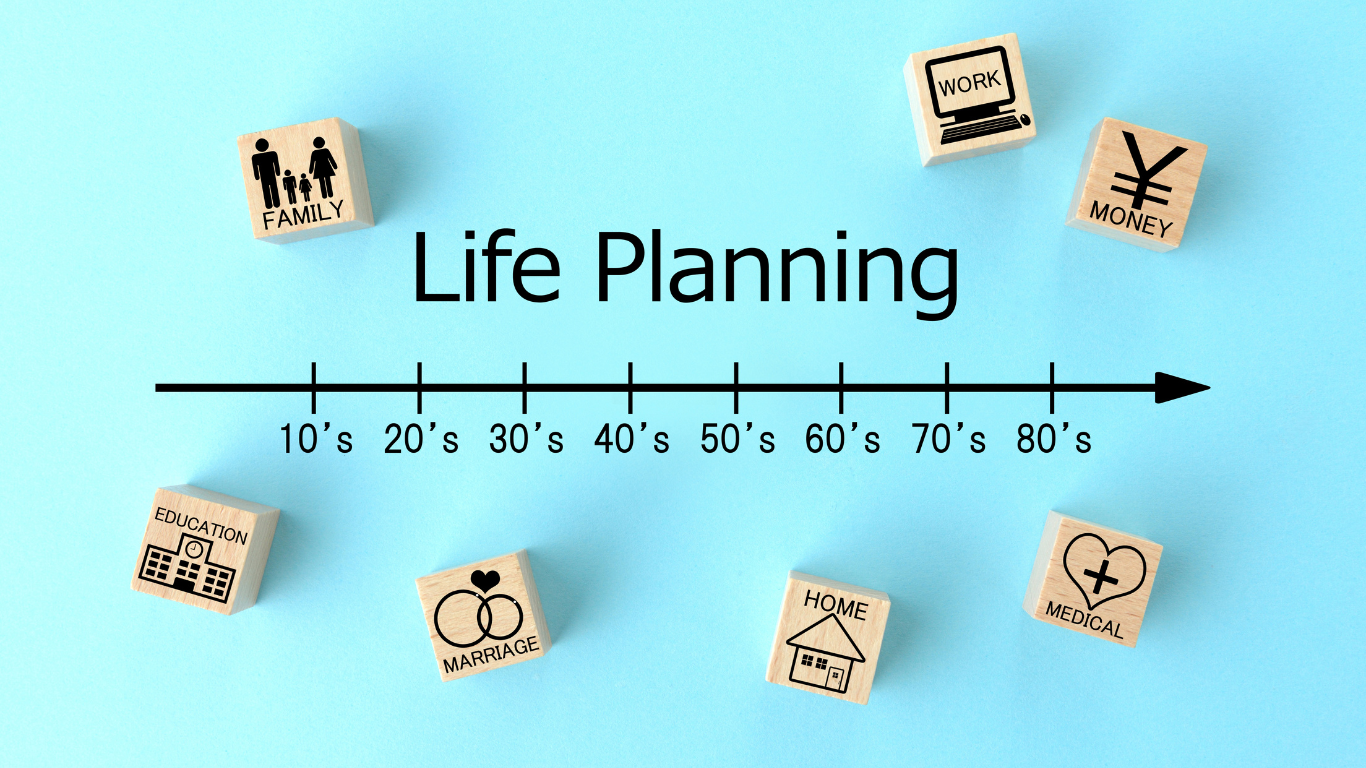
Here are some ways to incorporate a mindfulness practice into any transition:
- Mindful Breathing: Take a few moments to focus on your breath. Notice the sensation of each inhalation and exhalation, allowing your breath to anchor you in the present moment. This simple practice can help calm your mind and ground you during times of change.
- Body Scan: Conduct a body scan to bring awareness to physical sensations. Starting from your toes and moving up to the top of your head; be sure to heighten your awareness as you sense each part of your body. Notice any areas of tension or discomfort without judgment. Simply observe and breathe into those sensations, allowing them to soften and release.
This is something I find myself doing from time to time when my energy is high and I notice my hand trembling when holding a piece of paper or another object. By simply observing the tremble, breathing into the sensation of trembling, and then releasing muscle tension with the exhalation, the trembling stops and I am now aware of regulating my breathing and energy.
- Observing Thoughts and Emotions: Pay attention to your thoughts and emotions as they arise during the transition. Instead of getting caught up in them, observe them with curiosity and compassion. Recognize that thoughts and feelings are transient and that is what the mind and body does. It creates thoughts and experiences feelings. Then choose not to attach to them and allow them to pass away as though helium balloons were being let go to float away. Or clouds that dissipate over time. Then allow your attention to return its focus to the breath, the flickering flame of a candle, or the physical sensations you experience in your body
- Engaging Senses: Use your senses to connect with your surroundings. Notice the sights, sounds, smells, tastes, and textures around you. Engaging with your senses can anchor you in the present moment and provide a sense of stability during transitions.
- Mindful Movement: Practice mindfulness during movement activities such as walking, yoga, tai chi, eating, food preparation, or star gazing. Pay attention to each movement and sensation in your body as you move through space. This can help you stay grounded and centered through the transitions of change.
- Gratitude Practice: Cultivate gratitude by reflecting on aspects of the transition that you are thankful for. Even amidst uncertainty or challenge, there are silver linings or opportunities for growth. Focusing on gratitude can shift your perspective and foster a sense of resilience.
- Acceptance and Letting Go: Practice acceptance of the present moment, including both the joys and the difficulties of the transition. Let go of resistance to change and embrace the unfolding journey with openness and equanimity.
- Regular Mindfulness Practice: Maintain a regular mindfulness practice, such as meditation or mindful journaling, to build resilience and inner resources for navigating transitions. Consistency is key to reaping the benefits of mindfulness over time.
Remember that mindfulness is a skill that develops with practice, so be patient and gentle with yourself as you integrate these practices into your life during transitions. Also remember that with any practice, seeking help and support will set you up for greater success. I know this to be true because I was unable to master this practice until I sought support.
Read how mindfulness and transitions have helped me through Life Changes.









